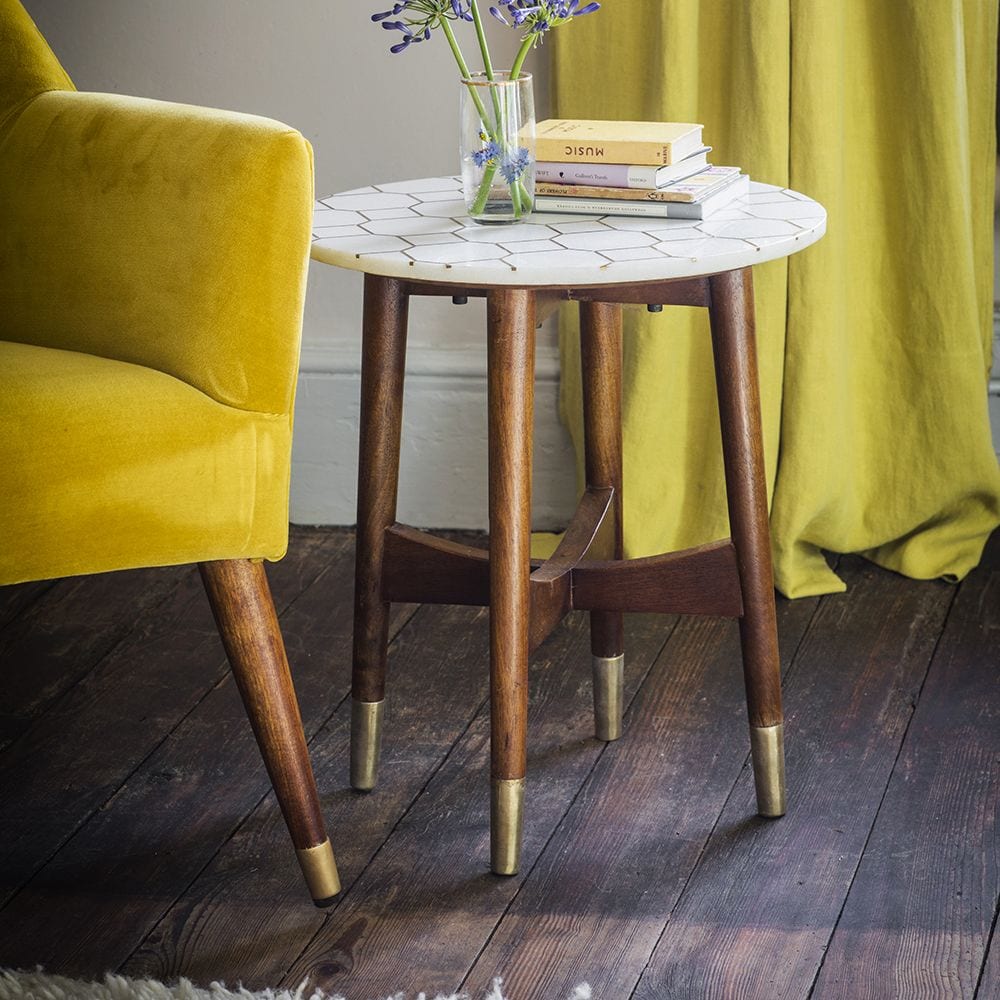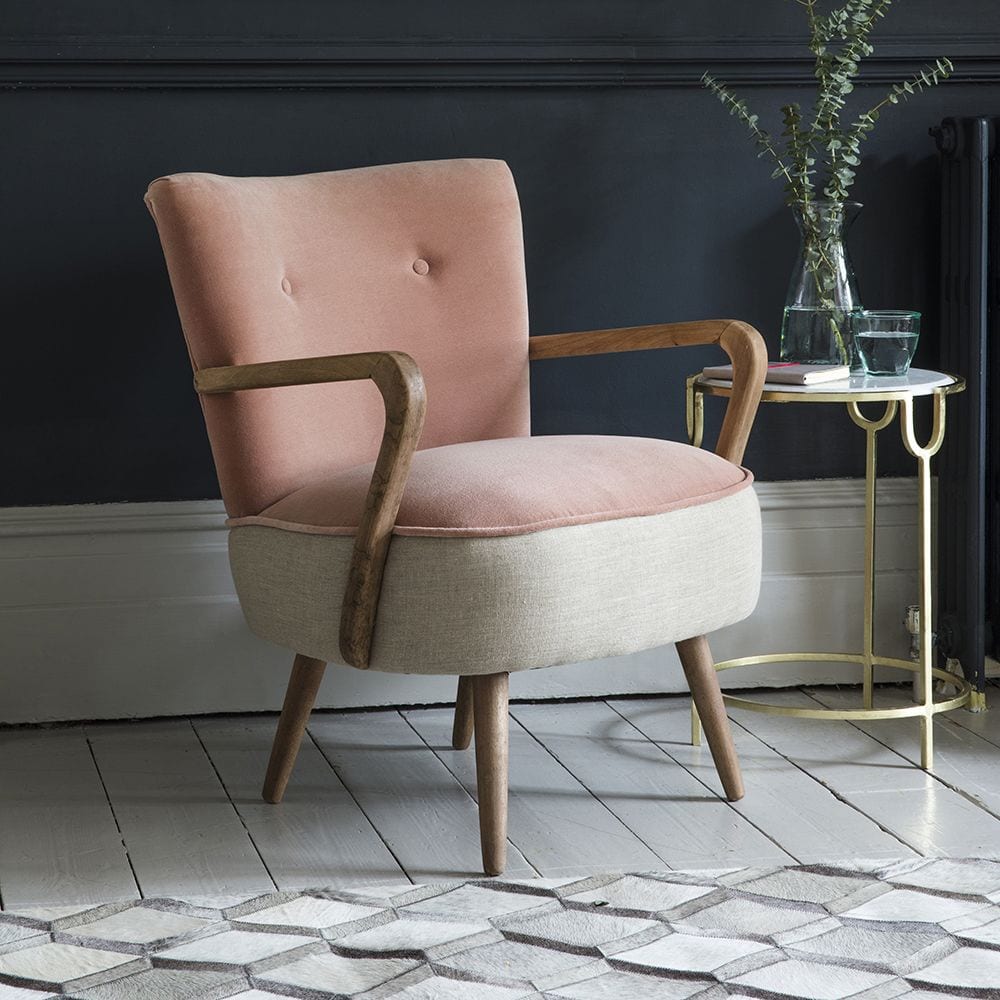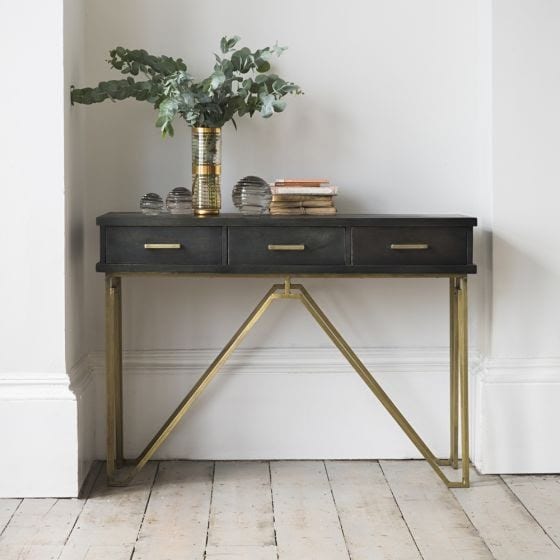Discover how you can master the secret code of colour. We will walk you through this guide to the psychology of colour, giving you the right tools to tailor your colour choice to your personal needs.
When it comes to designing our homes, we are all unique in our colour and design preferences. Whether opting for bright colours, subtle natural blends or bold patterns, each home is personal.
A powerful tool, the addition of colour into your furnishings should not be used lightly! For example, have you ever felt anxious walking into a yellow room? Or perhaps you have felt relaxed after lying on a soft blue sofa? This is because colour and emotions are linked.
What is the psychology of colour?
In short, the psychology of colour looks at our emotional response when faced with different colours. But how does colour affect human behaviour? Well, colour acts as a powerful communication tool signalling to our brains. These signals can influence your mood, and even your physiological reactions such as blood pressure, eye strain and metabolism changes. That’s incredible!
When it comes to colour emotions and perception, this measure is difficult to gauge due to the variety of opinion and response towards a colour. Common causes for differing colour perceptions are age, gender and culture. For example, here in the West, the colour white is used to portray innocence and purity. However, in other parts of the world such as Asia, the colour white relates to sadness, grief and even death.
Colour Association plays a huge part in how we view and evaluate a wide selection of different colours and their effect on our behaviour. Warm colours such as red, yellow and orange stimulate and excite emotions. Whereas cool colours including light blue, violet and green can produce a sense of calmness and tranquillity. You can utilise the psychology of colour to enhance your space and create the mood you feel is right for your space.
What colour attracts the human eye most?
We see in colour by our brains translating light signals from our eyes into colour. Whilst many of us can see a whole spectrum of colours, it is green which our eyes are drawn to most. It has been discovered that our eyes are most sensitive to light at a wavelength of 555 nanometers which is a bright green colour.
Using colours and moods to improve your home
Red
Red is the colour of confidence. When adding splashes of red to your decor, you are signalling to the world your power, passion and strength. But be warned, as red can also leave your guests sensing anger, danger and feeling uneasy within your home.
Consider adding a splash of red in the dining room or by your coffee table, as it has been psychologically proven that red can be used to create and enhance your appetite. This is why you will often see red colours when dining out.
Orange
Orange ignites feelings of warmth, energy and friendliness. It also helps throughout the winter months by adding deep tones to build an inviting and relaxing inside space. By adding flashes of orange around your home, you can turn unsure visitors into firm friends. The cons of adding this citrusy colour to your home are that it can lead to frustration, ignorance or a sense of immaturity.

Yellow
A bright, cheerful colour, the power of yellow should never be underestimated. Exuding warmth and happiness, it is one of the colours that attracts the human eye the most. Yellow builds a welcoming and fun living space, where you can express your creativity. Practice on the side of caution, however, as a misuse of this bright colour can trigger anxiety and fear.
A top tip for those wanting to sell their house is to add yellow to your interior. This is because yellows and egg whites can give the illusion of your home looking bigger than it appears.
Green
Signalling nature and growth, for those wanting to renew their health in a fresh home, look no further than green. It is the perfect colour for producing a sense of prosperity and hope in your home. If you are struggling through unsure times, adding a hint of green to your home can transform your inner well-being and relieve stress. The downside to green is that it can devise feelings of envy, sickness, or worse, boredom.
When creating a home office, be sure to add green to your room. Whether as a splash of paint on the walls, a soft shaggy carpet or as a chair, the addition of green has been found to increase concentration for longer.
Blue
The colour blue is perfect for those wanting to create and nurture new friendships. Blue is superb at allowing you to experience and ignite feelings of trust, loyalty, dependability, and serenity. But beware, use this colour wisely as an overload of blue can create an air of coldness and a cloak of emotionlessness within your home.

Pink
Pink is associated with romance and love. For those wanting to create a cosy, love nest to enjoy with their significant other, this should be your colour of choice. Pink helps to create balance while allowing your mind to run wild through its added power of imagination. The downside to this colour is that it can be interpreted as feminine, outrageous as well as leaving you feeling impulsive.
Adding an impulsive splash of pink to your home can be the perfect way to spark your creativity. Pink shades can be incorporated throughout your home in all manner of decors such as accent chairs, bright rugs and patterned pillows.
Image: Atkin & Thyme Calvin Chair
White
A neutral, clean and smart colour, white can be found in the majority of homes worldwide. With the ability to generate a fresh feel, white is perfect for bringing an air of clarity, simplicity and minimalism to your decor.
Be careful not to overuse this shade, as a white overload or wash can create a sterile, cold and unwelcoming home with limited character and appeal. Find a balance with added pops of colour to compliment your interior.

Black
This is a colour that should be used sparingly! When adding black to your home, mastering the fine line of too much and too little is a requirement. An authoritative and powerful colour. A small dose of black can add an instant hit of sophistication, security and substance to your home. While too much can lead to cold, oppressive vibes.
It takes time and practice to master, but when it comes to transforming the mood of your home, colour is essential. An art form, the psychology of colour is a must and by following these tips, you too can create a warm and welcoming home, for anyone.
We would love to hear your thoughts on your design processes and discover what emotions certain colours trigger for you?
Words by Tom Hughes, with a background in illustration and animation, he has a keen eye for interior design. Writing for a broad spectrum of online clients sees Tom experienced in lifestyle, technology, business and digital marketing related topics. When Tom is not crafting content, he is actively driving conversion on client sites with his CRO expertise. Find Tom on Twitter @Tillison_Tom




